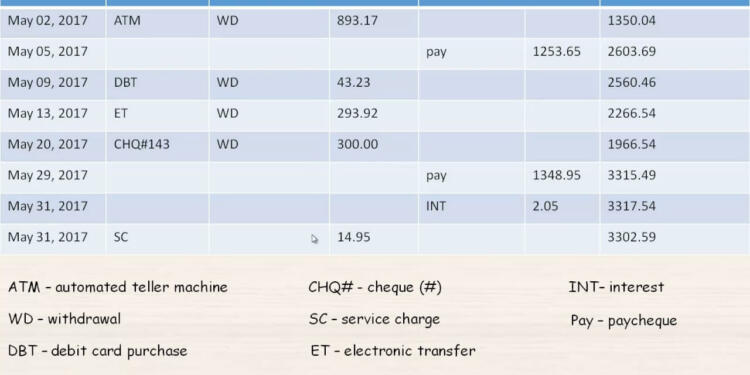What is A NWD Transaction in A Bank Statement? Detailed Answer
What is a “NWD transaction” on your bank statement may be confusing to you. What NWD means, how it shows up on your statement, and what you should know about this kind of transaction are all covered in this guide.
What is A NWD Transaction in A Bank Statement?
Let’s simplify what is a network withdrawal (NWD) transaction in a bank statement!
Consider a bank as a sizable, secure location where people store their money. These days, depositing money in a bank is akin to entrusting the bank with your money so that it can protect it. Additionally, a withdrawal is what you call when you want to take some of your money back from the bank.
Although a network withdrawal isn’t your piggy bank, it functions similarly to withdrawing money from one. It is analogous to withdrawing cash from your bank account via a specialized machine. Similar to how your computer is connected to the internet, this unique machine is a part of a larger network. Therefore, the bank is aware that you are withdrawing money when you use this machine.
A bank statement is essentially a list that details every transaction that has occurred with the money you have in the bank. Therefore, if you notice a “network withdrawal transaction” on your bank statement, that is the bank’s method of informing you that someone has taken money out of your account using an ATM or other special device. It might be you or someone you authorized, such as your parents.
Also Read: What is the Unit of Magnetic Intensity? – Detailed Explanation
It’s critical to monitor your bank statement in order to understand where your money is being spent. It would be similar to discovering that someone has taken some of your allowance without asking if you see a network withdrawal transaction that you did not make or do not recognize. To help you figure out what happened, you should tell your parents or a reliable bank employee.
Just as you watch your piggy bank to make sure no one takes your shiny coins, it’s always a good idea to keep an eye on your money and make sure it’s safe.


































